exhibition
15 November 2017 > 20 May 2018
– for young people aged between 18 and 25 (not yet turned 25);
– for groups of 15 people or more;
– La Galleria Nazionale, Museo Ebraico di Roma ticket holders;
– upon presentation of ID card or badge: Accademia Costume & Moda, Accademia Fotografica, Biblioteche di Roma, Centro Sperimentale di Cinematografia, Enel (for badge holder and accompanying person), FAI Fondo Ambiente Italiano, Feltrinelli, Gruppo FS, IN/ARCH Istituto Nazionale di Architettura, Sapienza Università di Roma, LAZIOcrea, Palazzo delle Esposizioni, Amici di Palazzo Strozzi, Accademia Nazionale di Santa Cecilia, Scuola Internazionale di Comics, Teatro Olimpico, Teatro dell’Opera di Roma, Teatro di Roma, Università degli Studi di Roma Tor Vergata, Youthcard;
valid from August 1st to August 31st, upon presentation of an identity document verifying residency in the Lazio Region
valid for one year from the date of purchase
– minors under 18 years of age;
– myMAXXI cardholders;
– on your birthday presenting an identity document;
– upon presentation of EU Disability Card holders and or accompanying letter from hosting association/institution for: people with disabilities and accompanying person, people on the autistic spectrum and accompanying person, deaf people, people with cognitive disabilities and complex communication needs and their caregivers, people with serious illnesses and their caregivers, guests of first aid and anti-violence centres and accompanying operators, residents of therapeutic communities and accompanying operators;
– MiC employees;
– journalists who can prove their business activity;
– European Union tour guides and tour guides, licensed (ref. Circular n.20/2016 DG-Museums);
– 1 teacher for every 10 students;
– AMACI members;
– CIMAM International Committee for Museums and Collections of Modern Art members;
– ICOM members;
– from Tuesday to Friday (excluding holidays) European Union students and university researchers in art history and architecture, public fine arts academies (AFAM registered) students and Temple University Rome Campus students;
– IED Istituto Europeo di Design professors, NABA Nuova Accademia di Belle Arti professors, RUFA Rome University of Fine Arts professors;
– upon presentation of ID card or badge: Collezione Peggy Guggenheim a Venezia, Castello di Rivoli Museo d’Arte Contemporanea, Sotheby’s Preferred, MEP – Maison Européenne de la Photographie;
MAXXI’s Collection of Art and Architecture represents the founding element of the museum and defines its identity. Since October 2015, it has been on display with different arrangements of works.

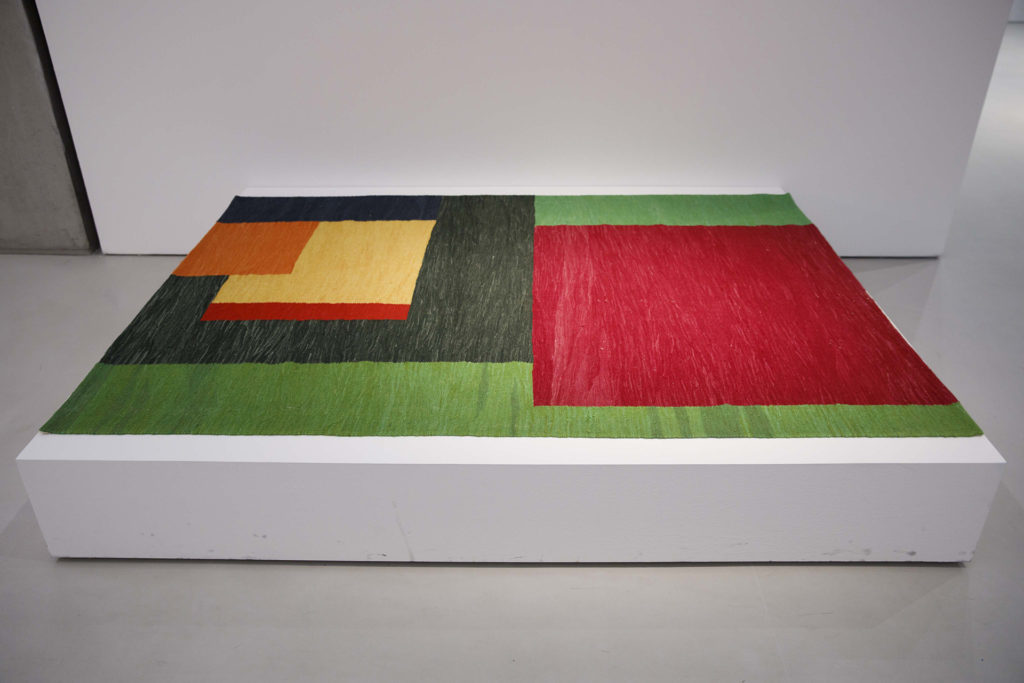
Etel Adnan Tapestry: Untitled, 2013 Wool Courtesy the Artist and Sfeir-Semler Gallery Beirut-Hamburg Photo Musacchio - Ianniello - Pasqualini
The memory of war is more than often a presence that looms over the art produced in Beirut. From the civil war of a few decades ago (1975–90) to the more recent con ict with Israel (the Lebanon War of 2006), and the current crisis on the Syrian border, artists have been rst-hand witnesses to the hostilities, observing them and rendering them from a variety of perspectives. This goes from a prevalently documentary approach that favors the photographic medium to more personal views in recent years, often tied to one’s family life, which turns to media such as drawing, often adopting the language of comics or graphic novels, and music. The processing of this trauma has generated most of the works present in this section.
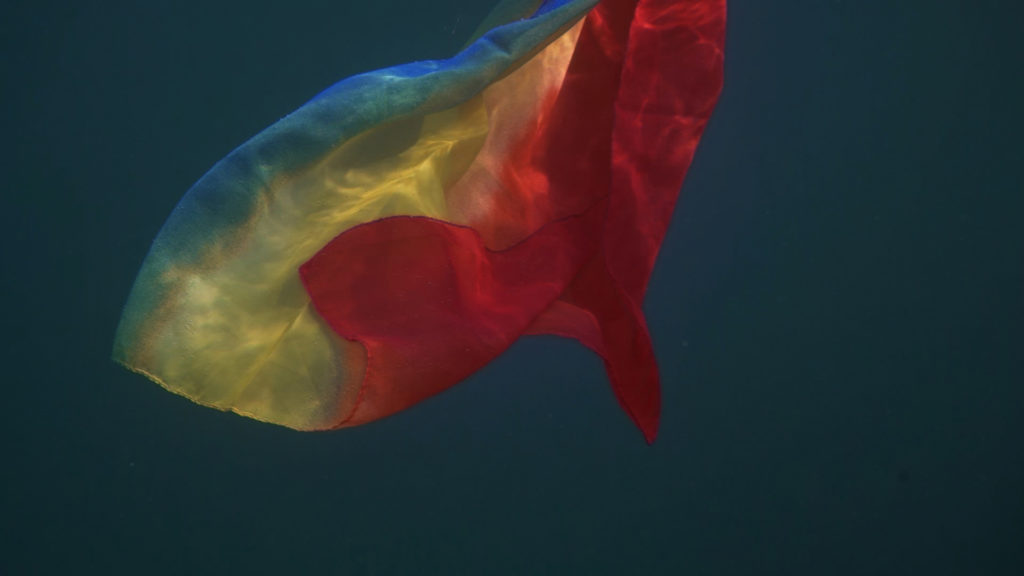
The current refugee crisis that draws three continents (Europe, Africa, Asia) closer and closer together is nothing new in Beirut. At various moments in history, Armenians, Greeks, Syrians, and Palestinians have found refuge in the city, contributing – in various ways and on diverse levels – to its constant renewal and reconstruction. Different cultures and religions have found a common home in Lebanon, in a process that has not been devoid of conflict. This complex history spanning the centuries has generated a multilayered identity that artists have constantly questioned, in keeping with an international tendency that marks the era of globalization.
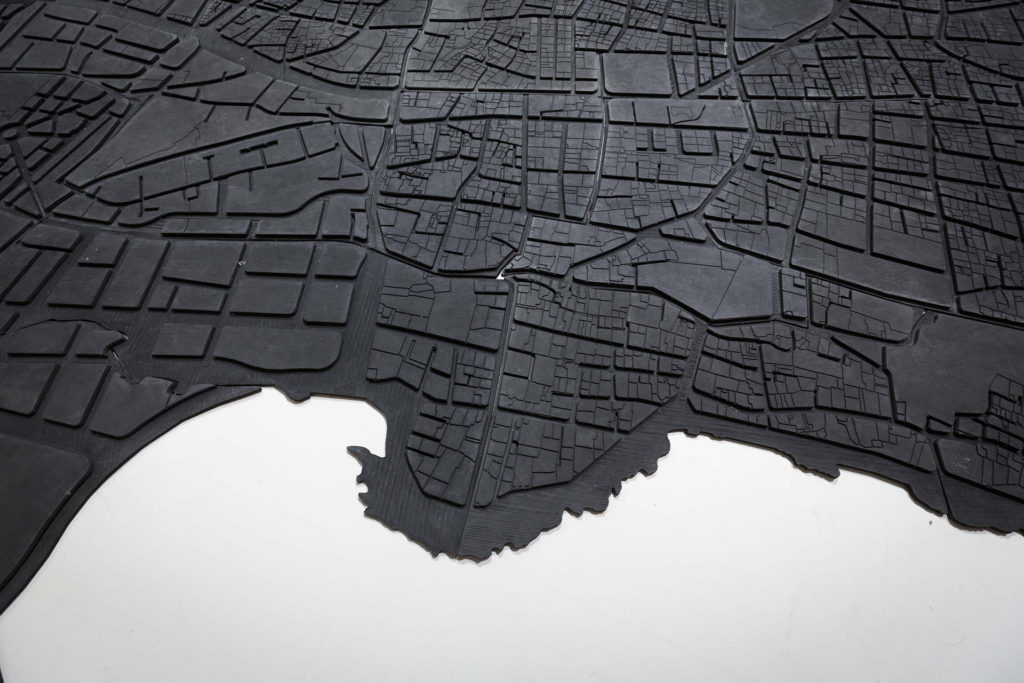
Roma, Museo del Maxxi 14 11 2017 HOME BEIRUT. SOUNDING THE NEIGHBORS ©Musacchio - Ianniello - Pasqualini
Over the course of history, Beirut has been the theater of conflicts and moments of reconciliation. The events of the past have left tangible traces, and the radical changes faced by the territory are the focus of this section of the exhibition. From war zones to refugee camps, from the worksites of the construction boom of the past twenty years to the surrounding hills, and from abandoned ruins to the spectacular buildings designed by starchitects, the grid of the city has been radically modi ed by the joint action of human intervention and natural disasters.
The complexity of Beirut’s image has offered artists great inspiration for research, spawning a vast production that also contemplates urban planning and the architectural dimension. This goes from the general – such as maps and the skyline – to details, such as the river crossing the city, or the port with its cultural and commercial exchanges.
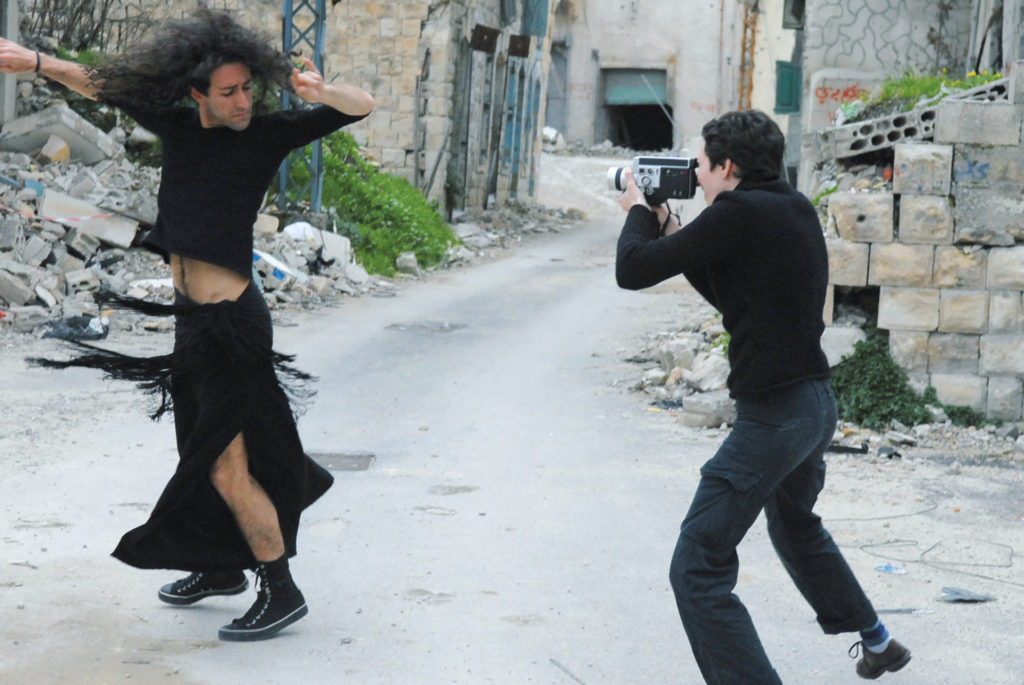
Sirine Fattouh Entre les Ruines, 2014 Video, color, sound Courtesy the Artist
Destruction, passion and pleasure have been bounded to coexist indissolubly in Beirut. Despite contingent reality – wars and the ensuing trauma, and the unease of a complex present – the city has reacted with a rich production of the visual arts, music, dance, theater, cinema, and poetry, which this section of the exhibition examines in depth.
Artists have drawn inspiration from the painful history of Beirut, analyzing moments of tension and transforming them into acts of life. From ruins and on ruins, artists create, write, and dance to assert their humanity joyfully, despite everything. Joy and art represent a true form of resilience. Actions of exceptional vitality dialogue with the experience of loss; forms of exultance are the response to a difficult present experienced intensely.
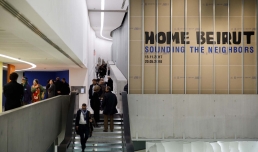
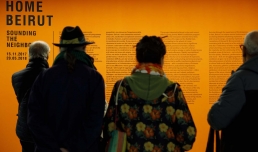
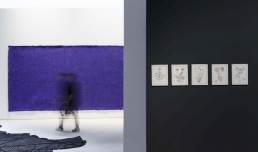
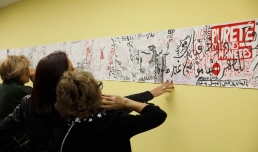
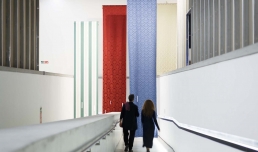
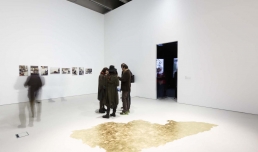
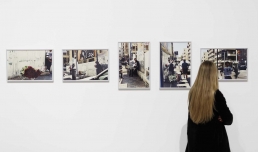
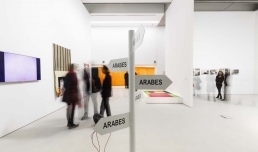
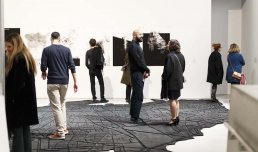
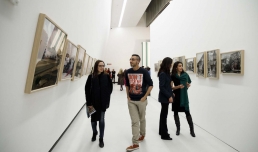
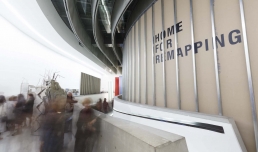
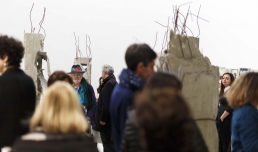
Galleria 3
curated by Hou Hanru and Giulia Ferracci
A new chapter of the series of Interactions across the Mediterranean dedicated to the relationship between Europe and the Middle East.
The story of a city, a laboratory of resistance, artistic innovation and hope seen through over 100 works.
The exhibition intends to put forward some of the most important trends of creative explorations of the contemporary reality intensively incarnated in the city’s development and destiny. It will present some 36 artists, architects, filmmakers, musicians, dancers, researchers, activists with their diverse forms of expressions negotiating between critical reflections of recent history of conflicts, through archiving and re-enacting memories, and prospections of the future, through attempts of urban transformation and global outreaching, periodically interrupted by urgent problems and frustrations of the present.
It will be structured in several sections reflecting efforts to build homes in a highly complicated urban context to accommodate different intellectual claims and artistic imaginations as well as various political positions.
Ziad Abillama / Shirin Abu Shaqra / Etel Adnan / Tamara Al-Samerraei / Mounira Al Solh / Haig Aivazian / Ziad Antar / Caline Aoun / Marwa Arsanios / Tarek Atoui / Vartan Avakian / Eric Baudelaire / Tony Chakar / Ali Cherri / Roy Dib / Maroun El-Daccache / Fouad Elkoury / Sirine Fattouh / Laure Ghorayeb / Ahmad Ghossein / Mona Hatoum / Joana Hadjithomas & Khalil Joreige / Hatem Imam / Lamia Joreige / Mazen Kerbaj / Bernard Khoury / Walid Raad / Marwan Rechmaoui / Graziella Rizkallah Toufic / Stéphanie Saadé / Rania Stephan / Jalal Toufic / Paola Yacoub / Akram Zaatari / Cynthia Zaven.
Al Maslakh / Annihaya (Mazen Kerbaj, Hatem Imam, Sharif Sehnaoui, Studio Safar) / Arab Center for Architecture / Foundation for Arab Music Archiving & Research
A special thanks to Philippe and Zaza Jabre
SECTIONS
HOME FOR MEMORY
HOME FOR EVERYONE?
HOME FOR REMAPPING
HOME FOR JOY
Cataloghi della mostra
Exhibition catalogue 2017
HOME BEIRUT. SOUNDING THE NEIGHBORS